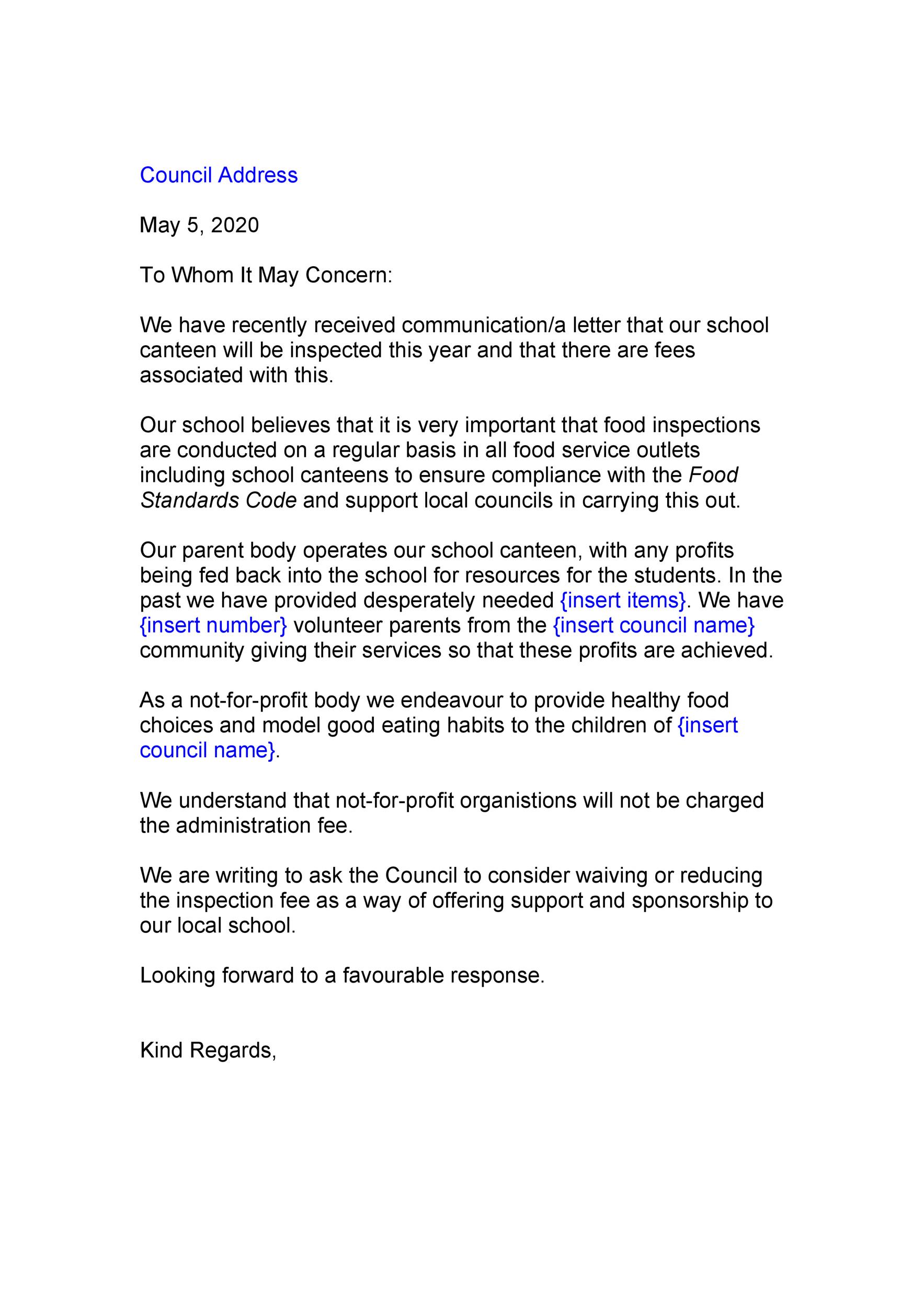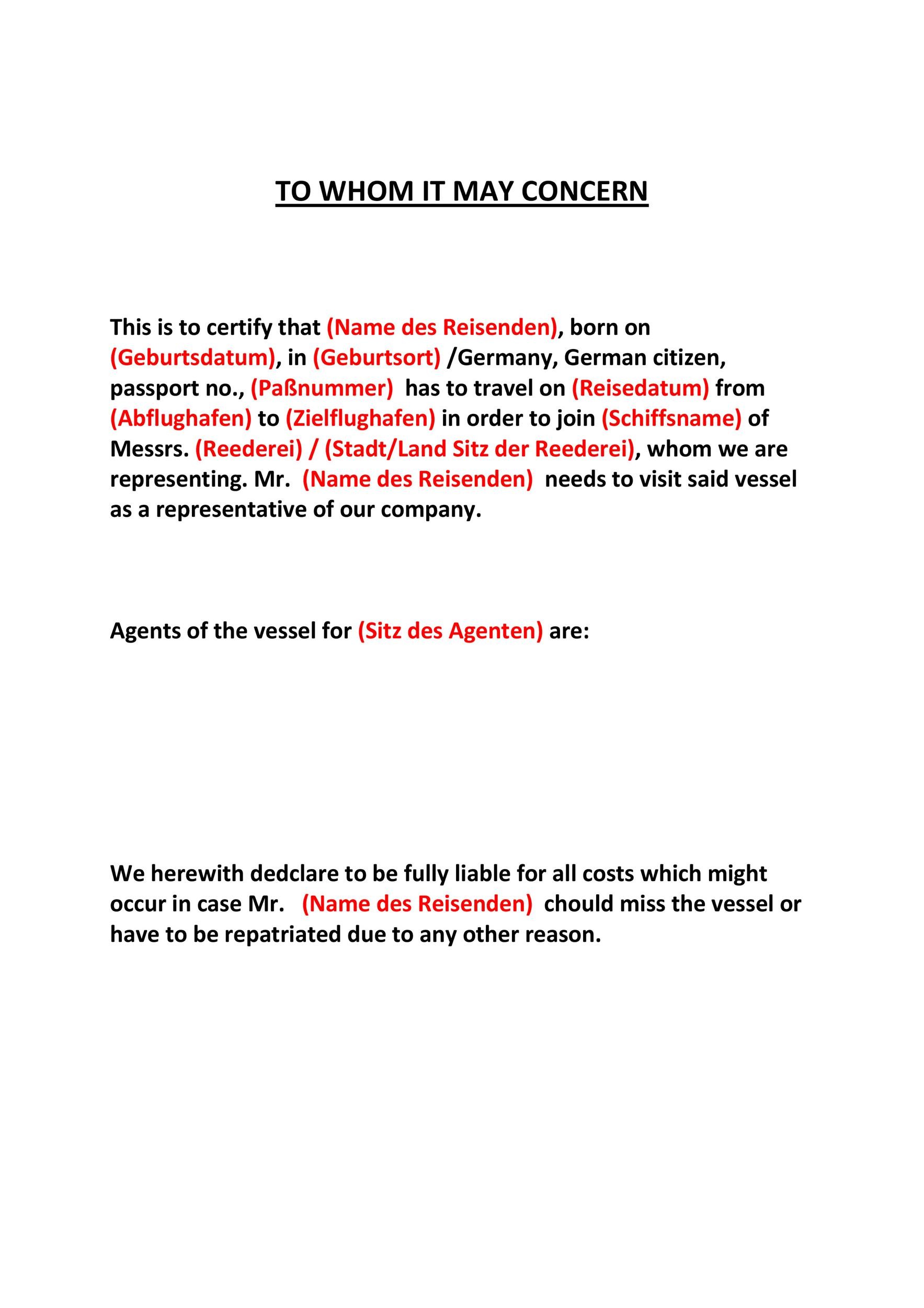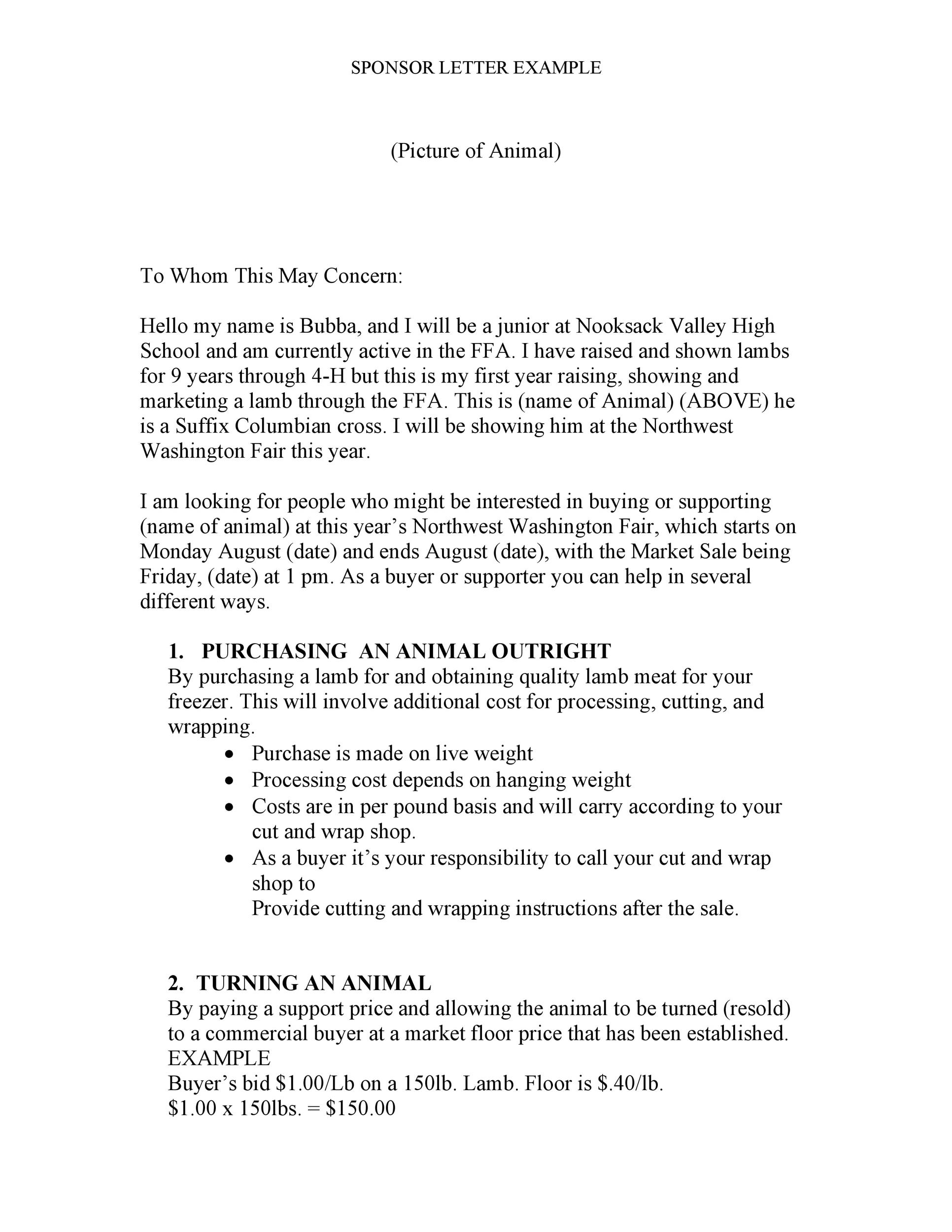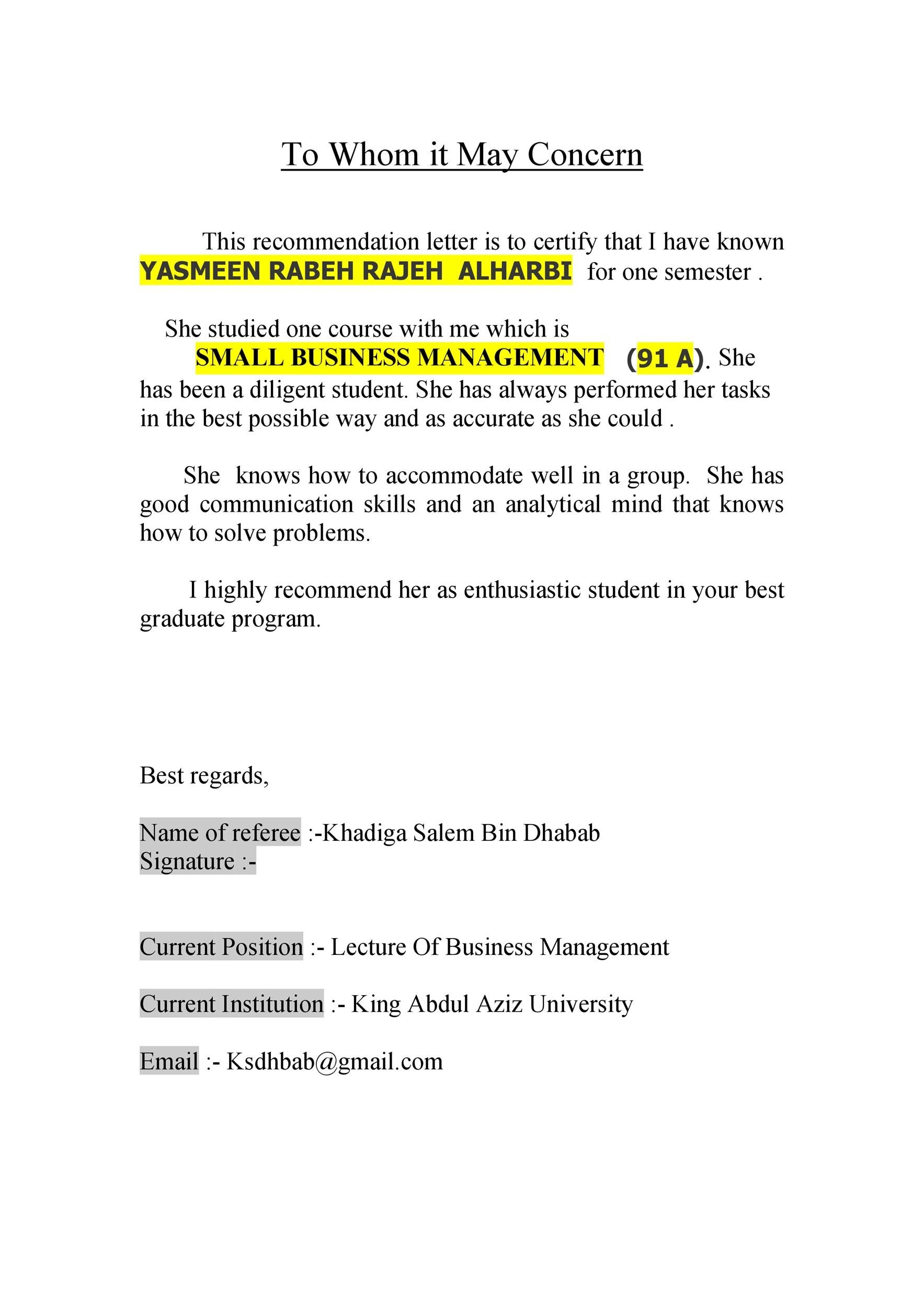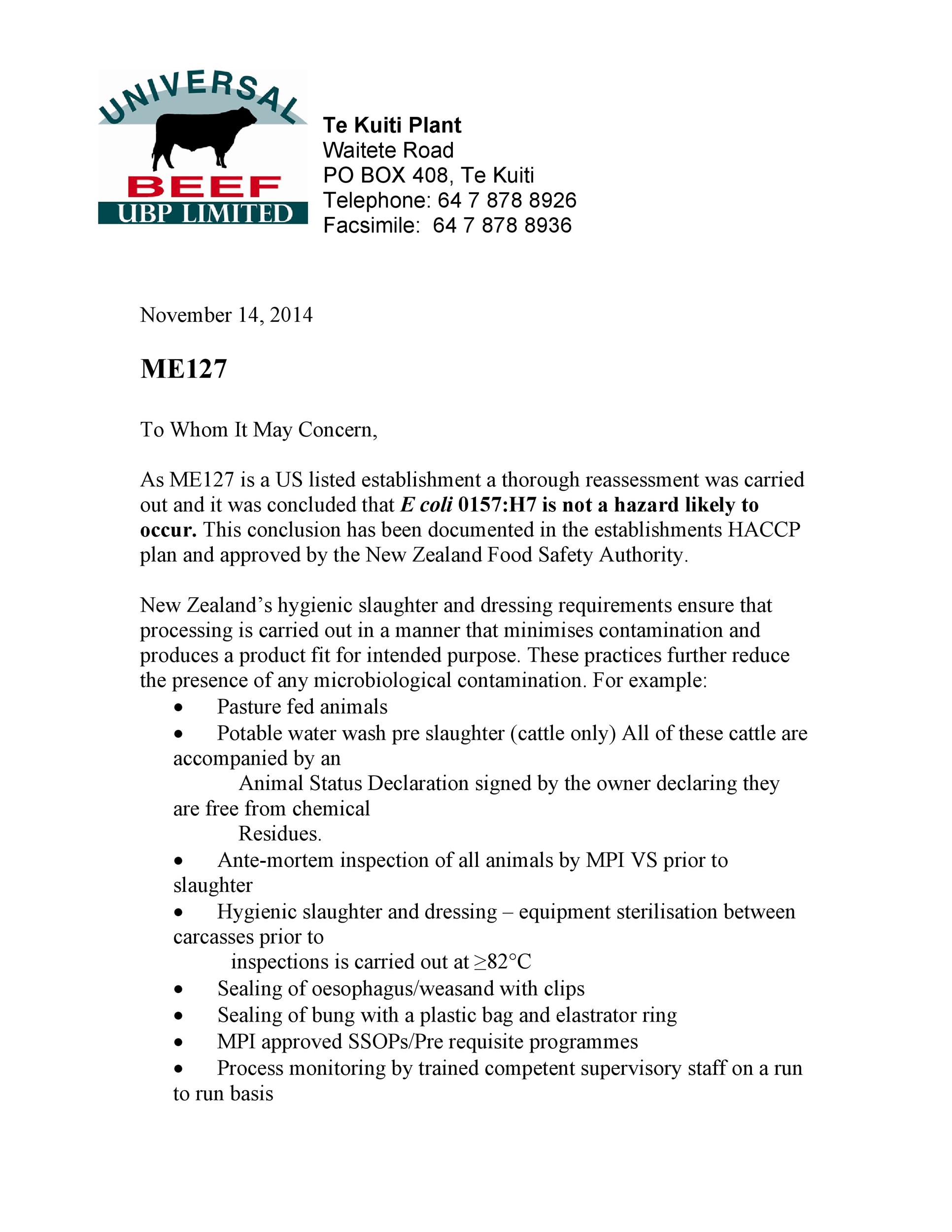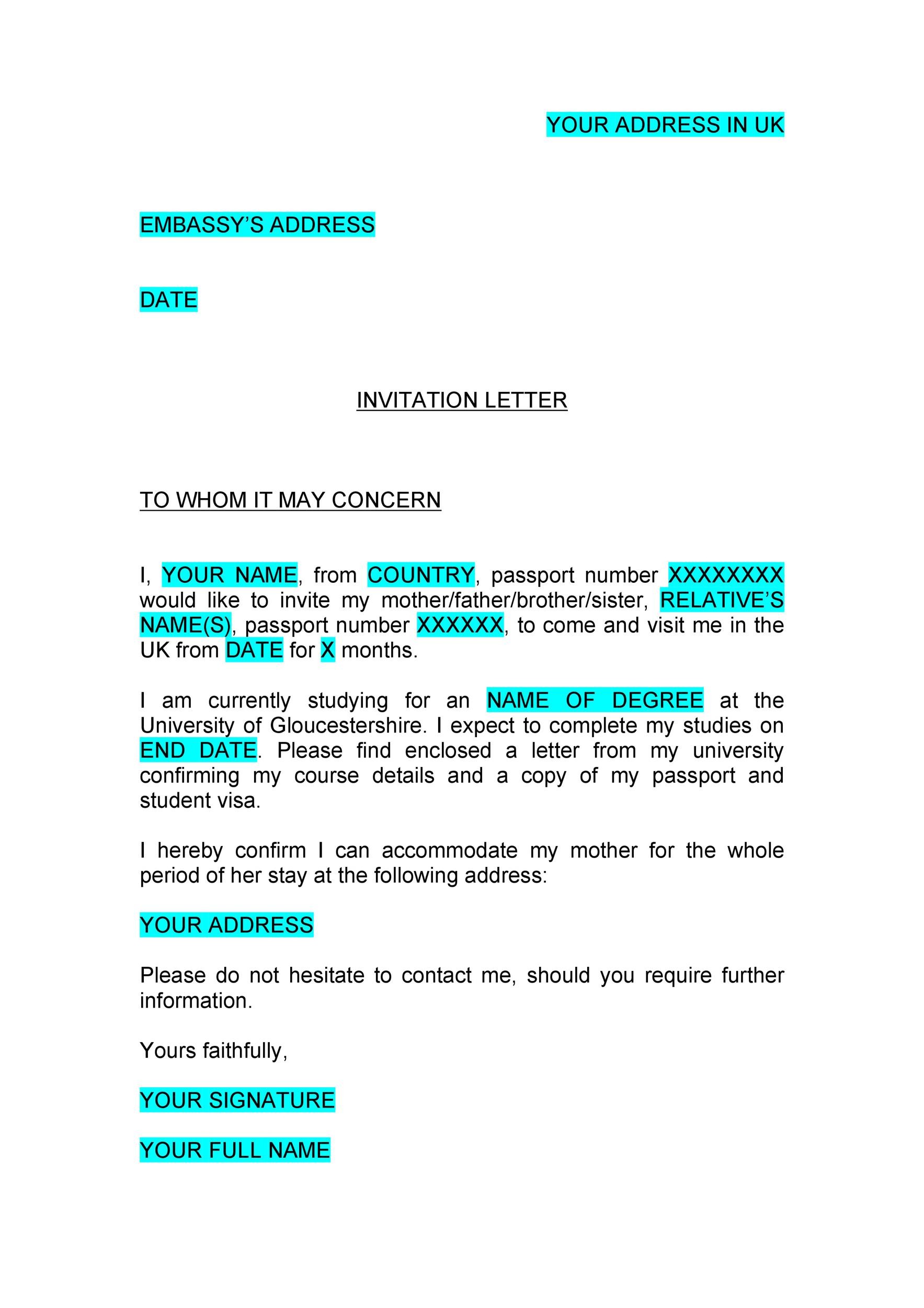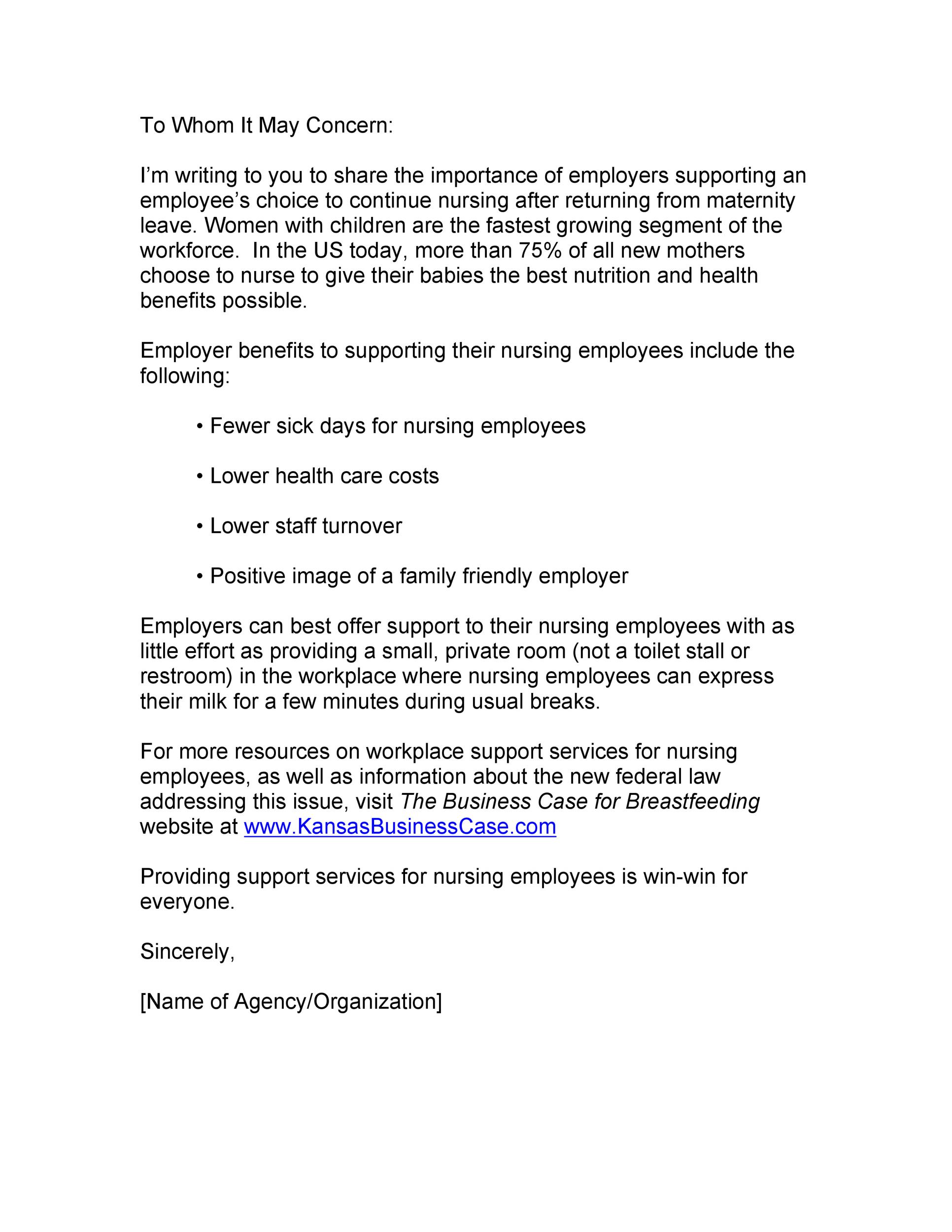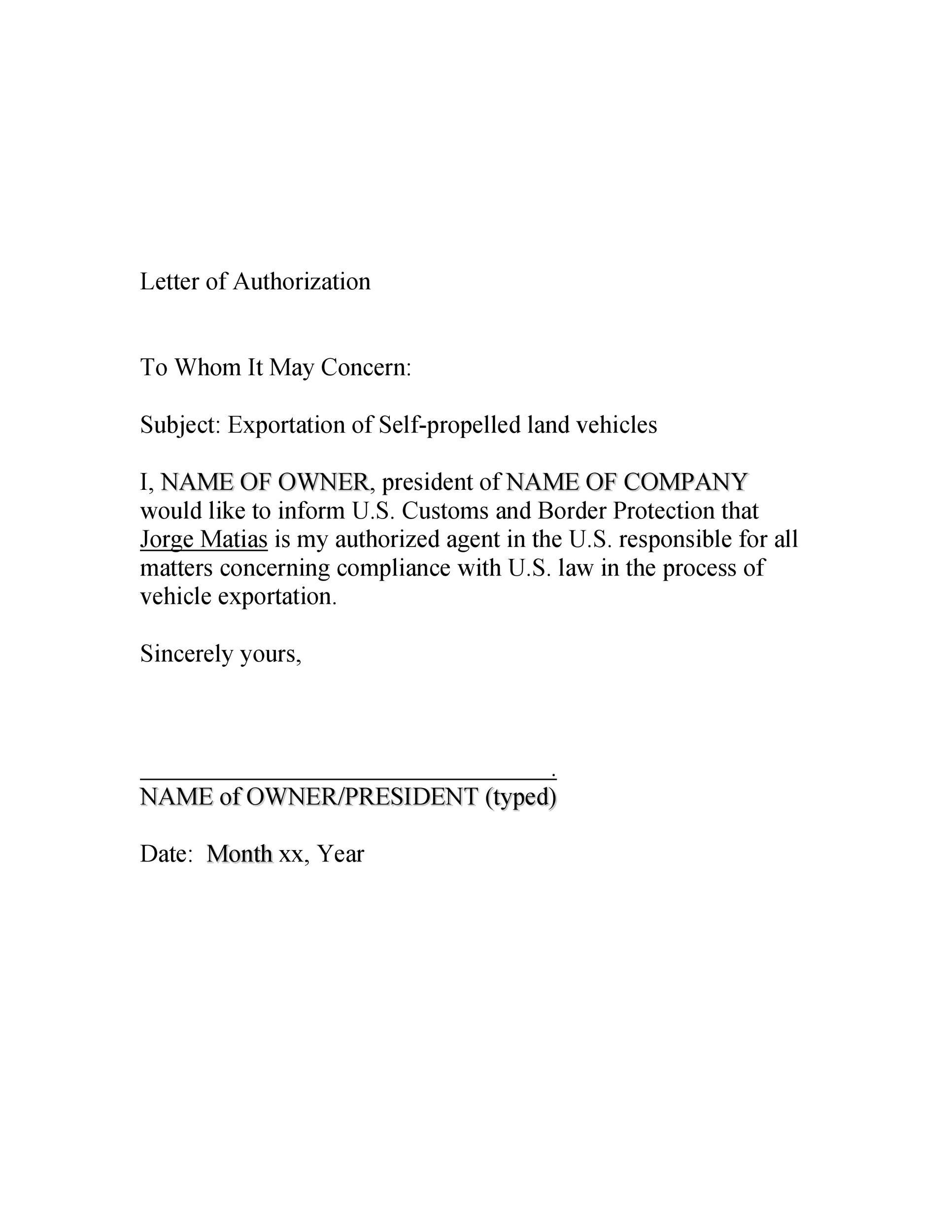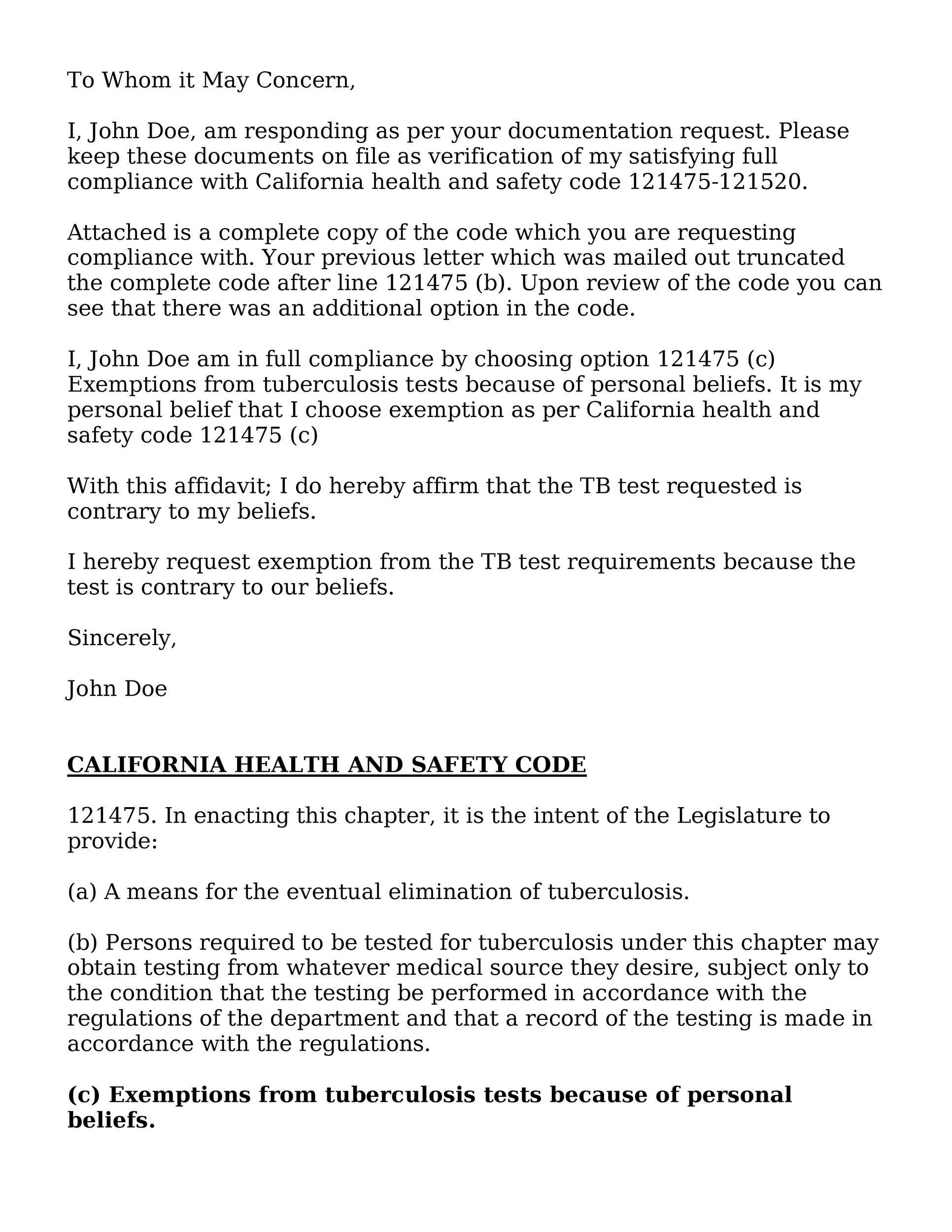Web “to whom it may concern” is a conventional formal generic salutation used in letters or correspondence where the name and title of the addressee or recipient are unknown. Web when is it okay to use to whom it may concern? Web a “to whom it may concern” letter is a formal way of writing to someone when you don’t know their name or specific job title. Web “to whom it may concern” is a salutation that is used when you do not know who you are to address your formal letter. Web the phrase “to whom it may concern” is a traditional way to address correspondence when you don’t know the specific name of the recipient.
I am writing this letter to provide a character reference for [name] who is applying for [purpose, e.g., a. Mostly, these letters are written for reference and visa purposes. Web a “to whom it may concern” letter is okay to use when you introduce yourself to a person you have not yet met. Ideal for various formal communications, this template simplifies writing official letters for diverse needs. This standard template should be followed strictly when writing a formal letter.
Web when you don’t know who is the receiver of a letter, then you head it as to whom it may concern. It is used when you don’t know or have a specific person to whom you are writing a letter. Web here are some tips and alternatives to “to whom it may concern” that can help you make a lasting impression: This standard template should be followed strictly when writing a formal letter. Web use a title like “ms.” or “mr.” in combination with the person’s last name, or write out their full name.
Web use a title like “ms.” or “mr.” in combination with the person’s last name, or write out their full name. It is used when you don’t know or have a specific person to whom you are writing a letter. It can be used to request information, make a complaint, or express gratitude. To whom it may concern is a commonly used salutation in formal letters. Web browse our selection of 'to whom it may concern' letter templates, crafted for occasions requiring formal introductions, credential verification, or addresses where the recipient is unspecified. In this section, provide a brief introduction and explain the purpose of your letter. Web in this post, let me share some of the best “to whom it may concern” sample template examples of how to use them correctly in your email or letter. Web the phrase “to whom it may concern” is a traditional way to address correspondence when you don’t know the specific name of the recipient. It’s like saying “dear sir or madam” and is used for various reasons, such as asking for information, applying for a job when you’re not sure who the hiring manager is, or writing a recommendation for someone. Before addressing your cover letter, take the time to research. The layout and the flow should remain the same. Sometimes, finding the contact name of the person is not possible. Ideal for various formal communications, this template simplifies writing official letters for diverse needs. This is where you set the context. Web discover the perfect blend of professionalism and clarity in our expertly crafted 'to whom it may concern' letter sample.
Web If You're Writing A Complaint Letter To A Company And You Don't Know Who Will Be Reading It, To Whom It May Concern Is Appropriate.
Mostly, these letters are written for reference and visa purposes. It is generally considered a professional way to begin a cover letter or an email for business correspondence. It is important to remember that to whom it may concern letters must be precise and to the point in a positive tone. Web you can write a to whom it may concern letter confirming your responsibility for the family member who wants to visit.
In This Section, Provide A Brief Introduction And Explain The Purpose Of Your Letter.
Web a “to whom it may concern” letter is okay to use when you introduce yourself to a person you have not yet met. Web the salutation “to whom it may concern” is traditionally used when you don’t know who you’re writing to, or if you’re unsure about the name of the person you’re addressing. If the sender’s address is not mentioned at the top, it can be included below the signature. Web “to whom it may concern” is a conventional formal generic salutation used in letters or correspondence where the name and title of the addressee or recipient are unknown.
The Layout And The Flow Should Remain The Same.
It’s simple, clear, and professional. Before addressing your cover letter, take the time to research. In a formal context, you usually shouldn’t address someone by their first name alone. The generic salutation is suitable for formal invitations because you might not know the exact contact person but.
Web Browse Our Selection Of 'To Whom It May Concern' Letter Templates, Crafted For Occasions Requiring Formal Introductions, Credential Verification, Or Addresses Where The Recipient Is Unspecified.
He’s going to be making multiple copies to hand out at interviews, and those letters are meant to be seen by anyone interested in hiring him. Web discover the perfect blend of professionalism and clarity in our expertly crafted 'to whom it may concern' letter sample. Web use a title like “ms.” or “mr.” in combination with the person’s last name, or write out their full name. Web 15+ free to whom it may concern letters & templates (word) the to whom it may concern letter is addressed to the person who would receive or read the letter.
